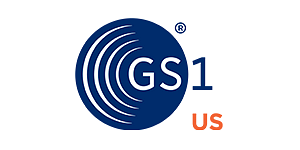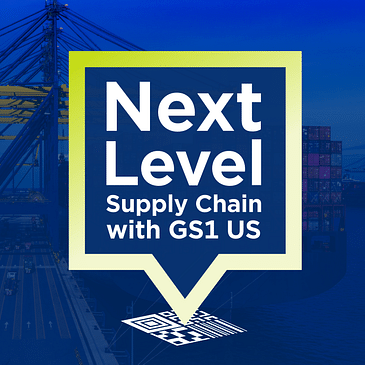Speedy and efficient traceability systems are vital for compliance, consumer health, and resilience in the food safety industry.
Andy Kennedy, Principal Traceability Advisor at New Era Partners, joins us to unravel the complexities of food safety in the supply chain. With 17 years of experience creating SAS food traceability businesses, Andy offers insights into the historical context of traceability regulations, the significance of technological progress, and how innovation will continue to shape our approach to food safety. He candidly describes the tension-filled environment of managing a food safety outbreak and the critical role of coordination during these investigations.
Andy touches on COVID-19 and the food supply chain, the transition challenges food items faced from food service to retail, and the astounding potential of 2D barcodes and digital receipts to engage consumers and ensure their safety. Learn how tracking contaminated products has been reduced from over a month to less than a week, the role GS1 Standards play in compliance, and how FSMA 204, compared to the Bioterrorism Act, is mandating a new era of data sharing.
Key takeaways:
-
Traceability systems play a critical role in effectively managing and shortening the timeframe of contamination investigations.
-
Utilizing GS1 standards to comply with evolving regulatory demands illustrates how technology has progressed over two decades.
-
The pandemic has highlighted the need for resilience, real-time visibility, and interoperability in supply chains
Connect with GS1 US:
Our website - www.gs1us.org
Connect with guest:



